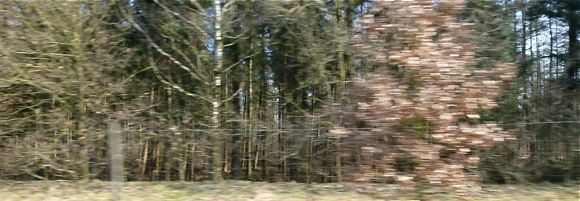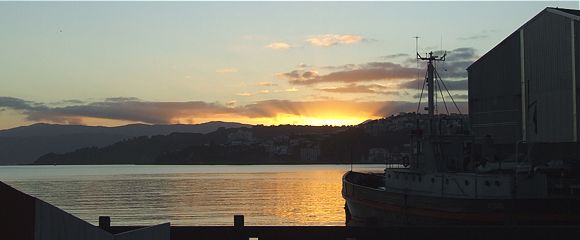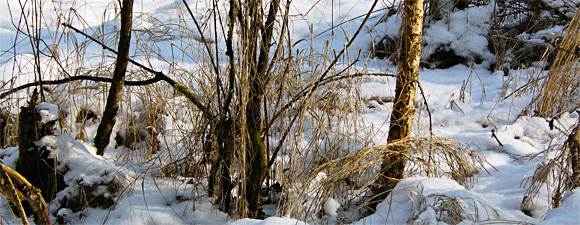|
Zeitblick |
2012 - Das Ende der Welt? Für das Jahr 2012 wurden große Umbrüche, ja das Ende der Welt vorhergesagt. Müssen wir tatsächlich mit dem Schlimmsten rechnen? Aus Sicht des Tarot und des Maya-Kalenders möchte ich mit Ihnen dieser Frage nachgehen. ---> 2012 - Das Ende der Welt?Annegret Zimmer |
|
City, My City |
|
Historic Wellington - A city is made up of many things; its people of course, its buildings, its landmarks and it boundaries. Most of all however a city constitutes its streets, the skeleton on which the body of the city is formed. Many cities are an expansion of an existing settlement, village or township while others, such as Wellington, are built from scratch. The original plans of Wellington (initially to be known as Britannia) were drawn up in London with little or no knowledge of the topography or the land surrounding Port Nicholson. Locations were identified, streets named and the fledgling city crammed into what little flat land was available on the southern shores of the harbour. Most of those street names remain today, of course, and the original routes they took are, in the main, unchanged. This next series of stories for Zeitblick looks at the history behind some of the key Wellington, how they came into being, why they were named and changes that have occurred to them over the last 170 years. Series 5, Part 1 A Link in the Golden Mile - The History of Manners Street Write-up to be done - Relics, ruins and historic locations are common to all countries around the world. Many countries may boast thousands of years of history and historic sites that hark back to those very early times while others such as the United States and Australia still measure their pedigree by a mere few hundred years. At a scant 170 years this makes New Zealand the "new kid on the block" and while we don't have ancient castles, crumbling ruins or buried treasure, we do have notable locations which mark key moments in our history. The fortified locations of Wellington, and by extension the rest of New Zealand, are examples of these locations and each of these, coupled with other significant sites built for different purposes, tells of important steps in the development of this nation. From the "apron strings" of colonialism to the obedience of dominion and the autonomy and complete independence of nationhood, New Zealand has won a respected place in the world and it has often been said that we are a small nation who "punches above its weight". The fortresses of Wellington, along with those in our other cities, are part of the development of this attitude to life. ---> The History of Manners Street © Peter Wells, Wellington, New Zealand |
In
Hamburg |
|
Hoch Cooper |
|
Der Januar brachte bei relativ milden Temperaturen viel Regen. An einen Winter, so richtig mit Eis und Schnee, mochte man gar nicht mehr denken. Doch dann - es war in der letzten Januarwoche – berichteten die Zeitungen über ein Sibirienhoch, das Cooper genannt wurde. Im STERN vom 29. Januar 2012 war zu lesen: „Hoch „Cooper“ bringt Sibirienfrost – Jetzt wird’s eisig“. In der WELT ONLINE vom 28. Januar 2012 fand ich folgende Formulierung: „Hoch „Cooper“ – Deutschland vor einem sibirischen Kälteschock“. In der folgenden Woche, das war die Woche vom 30. Januar bis zum 5. Februar, sollte es täglich kälter werden. Es wurde Dauerfrost mit Tageshöchstwerten zwischen minus 10 und minus 14 Grad Celsius vorhergesagt. Bei einer solchen Prognose denkt natürlich jeder Hamburger an einen möglichen Spaziergang über die zugefrorene Außenalster. Jesper Soerensen |
MEANS OF TRANSPORT |
Getting from A to B can be a simple change of location. What usually counts is the destination attracting you, no matter whether it is a house on the opposite side of the street or a city at the other end of the world. And yet, destination is not everything. Sometimes it is the means of transport, which will keep sticking to your mind long after you have returned. You are invited to share some purely individual memories connected to moving from here to there in this little Zeitblick series called MEANS OF TRANSPORT. ---> 3 - The Slowest Bus On Earth I. Sidor
|
|
Editorial At the start page of ZEITBLICK, you will find a link to a form for contacting us. Please feel free to use it if you want to send any message, ask a question, make a suggestion or comment on the ZEITBLICK. Perhaps you are even interested in contributing to future ZEITBLICK editions. If you want us to respond, please include your e-mail address. |


